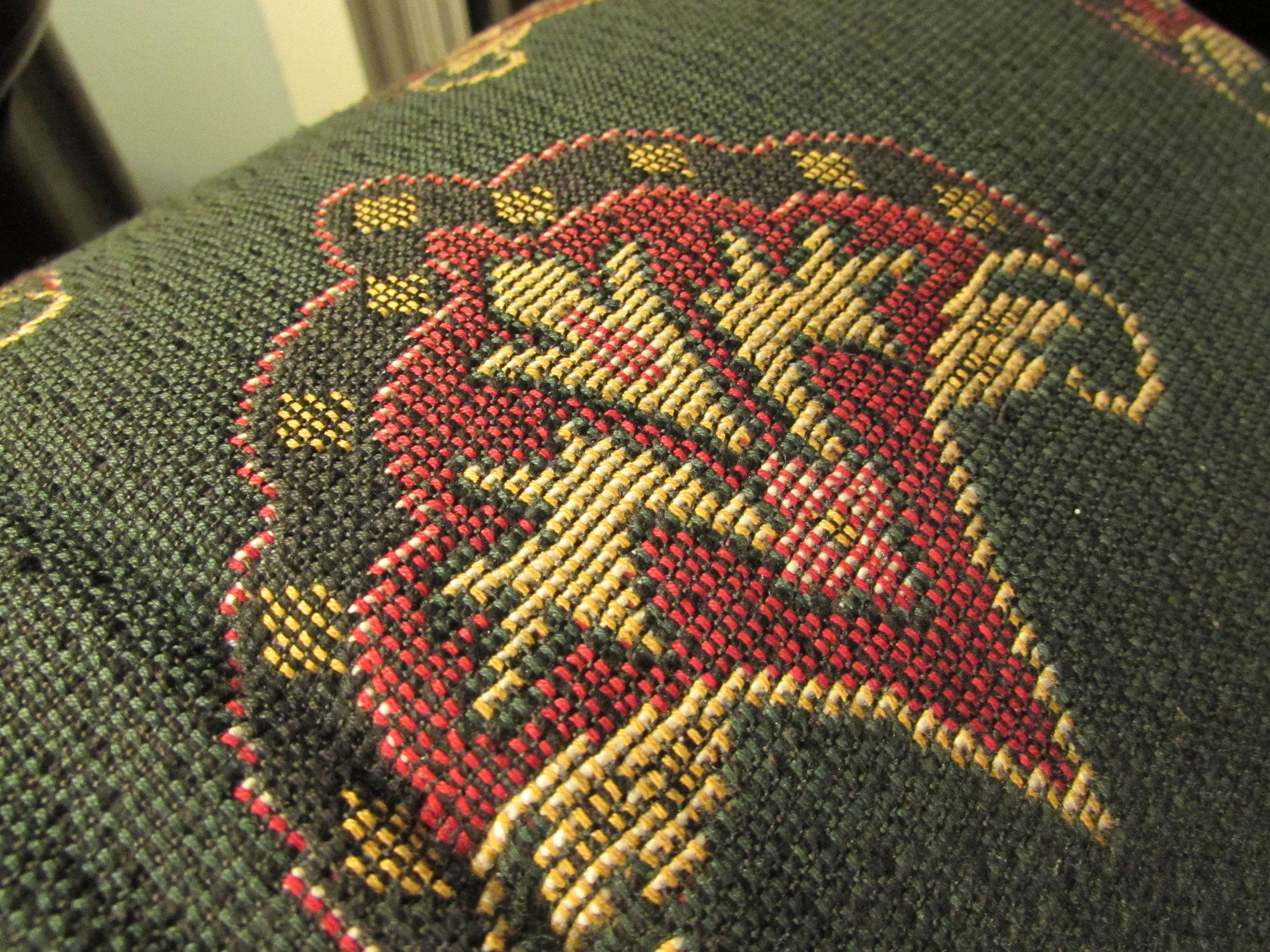Why THE POST Movie's Anachronistic Technology Deserves Respect
In my review of Steven Spielberg’s THE POST (published here and here) I noted that one difference between then and now is that anyone can now publish on the web without waiting for gatekeepers like the New York Times or the Washington Post to make up their minds about whether publishing might be treasonous or an act of civil disobedience. The availability of technology has made some -- but not all -- of the issues raised in that movie less immediate.
As stated in my review that does not lessen the dramatic impact or relevance of the movie. The movie does, however, demonstrate how a range of other technologies was instrumental in enabling the Washington Post and the New York Times to do what the movie portrays they did. These technologies include:
- Typesetting.
- Rotary telephones.
- Pneumatic tubes.
- Phone booths.
- Xerox machines.
- Household extension phones.
- Network television.
- Teletype machines.
I am old enough to have personal experience with all these except the first. My local Wells Fargo bank still uses pneumatic tubes to transport checks and deposit slips back and forth when I use the drive-through line. I figure that will eventually disappear just just as our family's rotary phones sit gathering dust in our basement as we contemplate doing away with our land line.
Of all the technologies listed above the one I think was most disruptive was the photocopy machine.
At the public library where I worked to put myself through high school and college I regularly made copies of magazine and book pages for library patrons for $.05 per page. I wondered even then about the legality of copying copyrighted materials.
Later on in grad school I came under the influence of physicist/cyberneticist Laurence B. Heilprin who had, he said, analytically worked out a scheme for sampling library photocopying to calculate royalty payments to publishers for copying of copyrighted materials. While under his tutelage I hooked up with some government research contractors where I eventually I found myself managing a series of research studies about library photocopying and electronic publishing.
That motel rooms scene in THE POST where Daniel Ellsberg nervously describes to Ben Bagdikian of the Post the thousands of Pentagon Papers photocopies reminded me of the images that apoplectic scientific journal publishers would fulminate about at professional conferences I attended. Everyone in those days knew that computer networking would make a lot of photocopying and publishing obsolete, but people could not agree on whether this was going to be good or bad. Many but not all publishers were dead set against libraries using photocopies to "bypass" copyright protection. Scientific journal authors themselves, rarely compensated for publicly funded research publishing, tended to encourage the copying.
The teletype machines in the post did bring back some pleasant memories. I was working in Cairo Egypt once upon a time on a project to increase Egyptian access to scientific and technical information. I would come back to my hotel room near the American Embassy and, almost every day, I would find waiting a teletype from my future (and current) wife who would "telex" me whenever she touched down at a different country while flying around the world on international tourism research project. We both did a lot of traveling in those days but only she got to fly the Concord, all expenses paid. (She sat next to Harry Reasoner on that trip, I think.)
But enough of the nostalgia. I like how THE POST integrated the tech of the day with the story, not unlike the period look and feel Spielberg achieved with his CATCH ME IF YOU CAN. I can also imagine that some younger folks watching THE POST might find the old tech amusing if not silly.
As a glass half-full person myself my reaction is different. I’ve studied a bit of history and have always been impressed at how creative people make use of the tech of the day, ranging from the Pyramids in Egypt to the Brooklyn Bridge to Nuclear Energy to the Saturn 5.
What hasn't changed is that technology can be used for good or ill. What THE POST shows is how brave people used the tech of the day on the side of the angels.
Copyright (c) 2018 by Dennis D. McDonald




